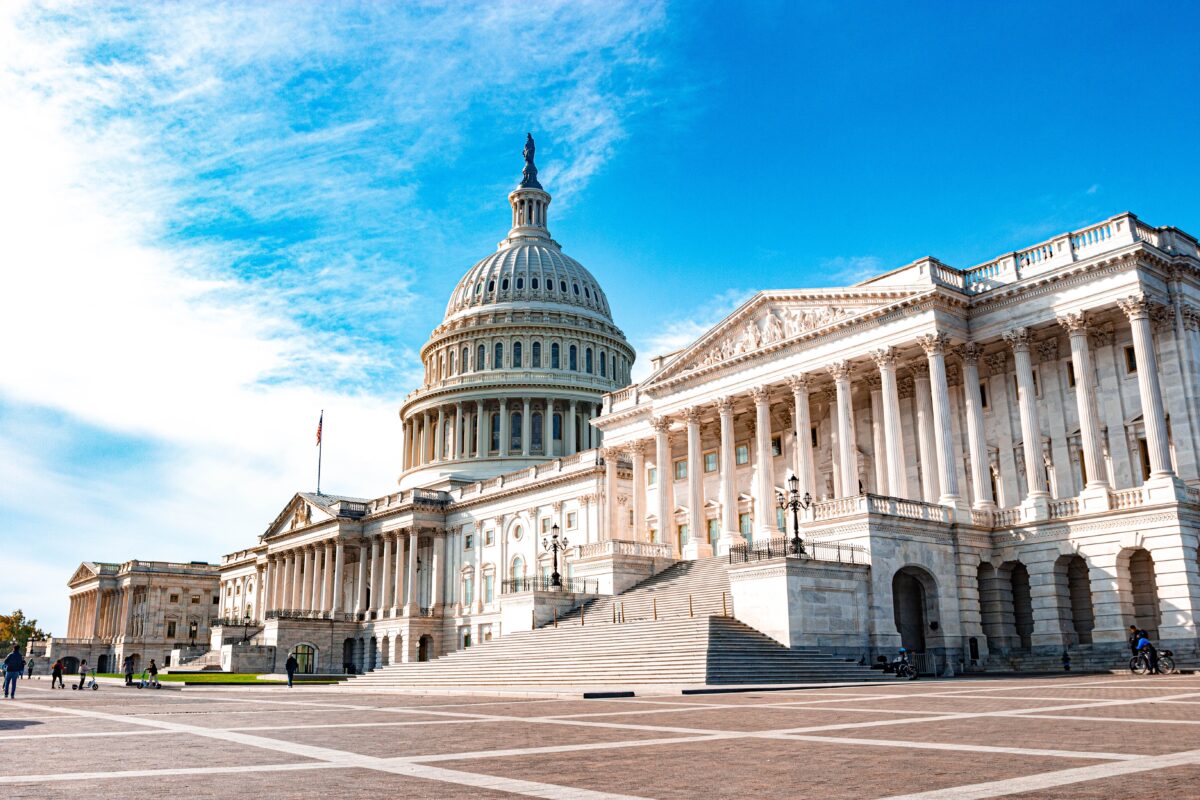President Donald Trump has released his fiscal year (FY) 2026 budget proposal for the Department of Health and Human Services (HHS). It reflects a dramatic shift in federal health policy, centered on deep funding reductions and sweeping structural reorganization. The administration argues these changes are necessary to improve efficiency and reduce the size of the federal government, though critics warn of major disruptions to essential health services.
The proposed HHS budget totals $93.8 billion, a 26.2 percent decrease from the FY 2025 enacted level. Key reductions include:
- National Institutes of Health (NIH): The NIH would see its budget reduced by approximately 40 percent, from $47.2 billion to $27.9 billion, with cuts spread across nearly every institute and program.
- Centers for Disease Control and Prevention (CDC): A proposed reduction of 44 percent, cutting the budget from $9.2 billion to $5.2 billion.
- Indian Health Service (IHS): A proposed 30 percent reduction, eliminating $900 million from its operations.
The FY 2026 budget plan includes the most ambitious restructuring of HHS in decades, aiming to consolidate 28 operating divisions into 15. This includes:
- Formation of the Administration for a Healthy America (AHA): This new agency would absorb the Health Resources and Services Administration (HRSA), the Substance Abuse and Mental Health Services Administration (SAMHSA), and others.
- Workforce Reduction: Approximately 20,000 positions would be eliminated, reducing the federal health workforce from 82,000 to 62,000 employees, including all but one position at the CDC’s Early Hearing Detection and Intervention (EHDI) program.
The National Institutes of Health, long considered the centerpiece of U.S. biomedical research, would undergo significant restructuring:
- Merging of Institutes: The National Institute on Deafness and Other Communication Disorders (NIDCD) and the National Institute on Alcohol Abuse and Alcoholism (NIAAA) would be merged into broader divisions focused on “priority health areas.”
- New Research Prioritization Model: The budget establishes a centralized Office of Strategic Research Prioritization, tasked with directing funding toward areas deemed “nationally critical,” such as chronic disease prevention and emerging biothreats — potentially deprioritizing some forms of basic research.
- Streamlining of Grants: All extramural research grant programs would be consolidated under a single mechanism, intended to reduce administrative overhead but raising concerns about accessibility and fairness in grant distribution.
A centerpiece of the FY 2026 budget is the “Make America Healthy Again” (MAHA) initiative. Funded at $500 million, the program would promote healthy living through nutrition, exercise, and wellness campaigns. It includes the launch of MAHA food boxes, distributed to low-income families and sourced from American farmers, echoing previous food box initiatives under Trump.
President Trump’s FY 2026 budget marks a dramatic reimagining of the federal government’s role in health care and research. The final fate of the proposal will depend on congressional appropriations negotiations, where major revisions are likely. The Academy will continue to monitor and report to our members as the Labor, Health and Human Services Appropriations moves forward.
Recent Posts
Academy Presents Inaugural AAA National Health Leadership Award to Representative Bilirakis
Today, Patrick Gallagher, Executive Director of the American Academy of Audiology, presented the inaugural AAA National Hearing Health Leadership Award to Representative Gus Bilirakis (R-FL)…
2026 Academy Honors and Awards Recipients
Every year, the Academy asks colleagues, friends, and mentees to look around their professional circles and identify members who are deserving of recognition for outstanding…
Turn Insight Into Action! Attend Learning Labs at AAA 2026
Ready to take your professional development to the next level? At AAA 2026, Learning Labs are your chance to go beyond lectures and dive into…


